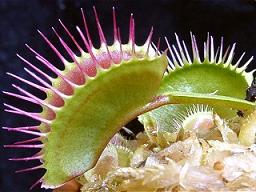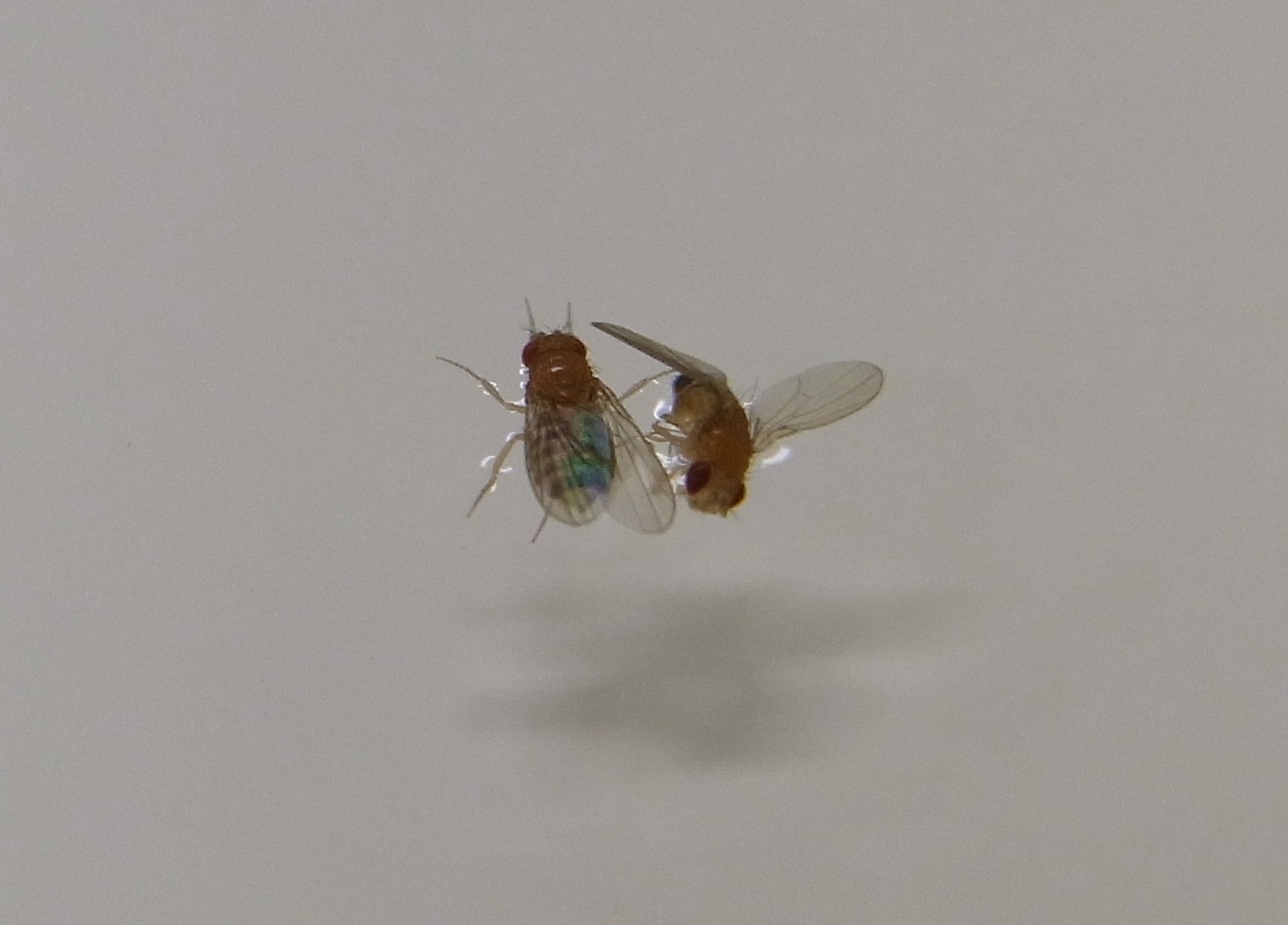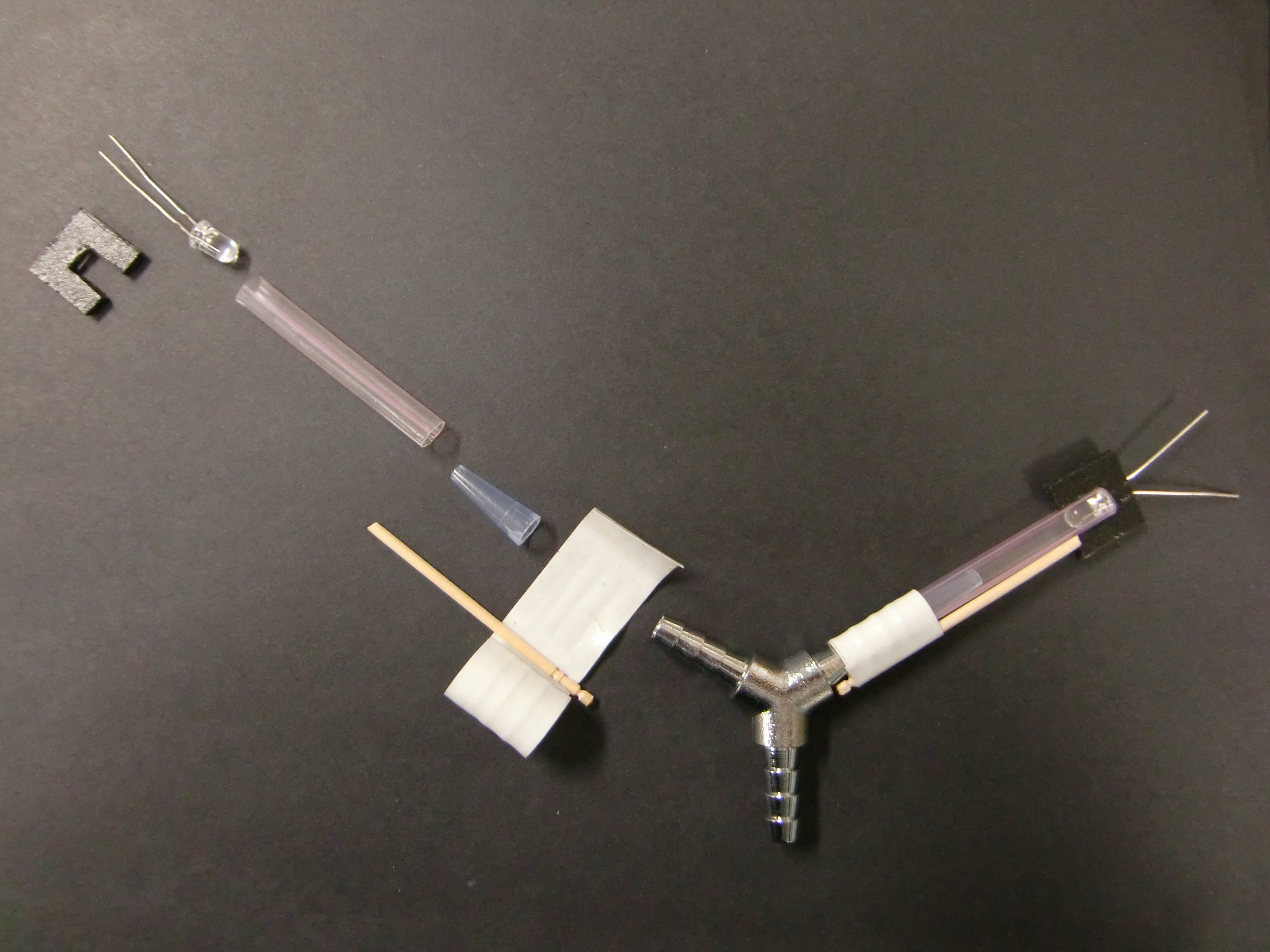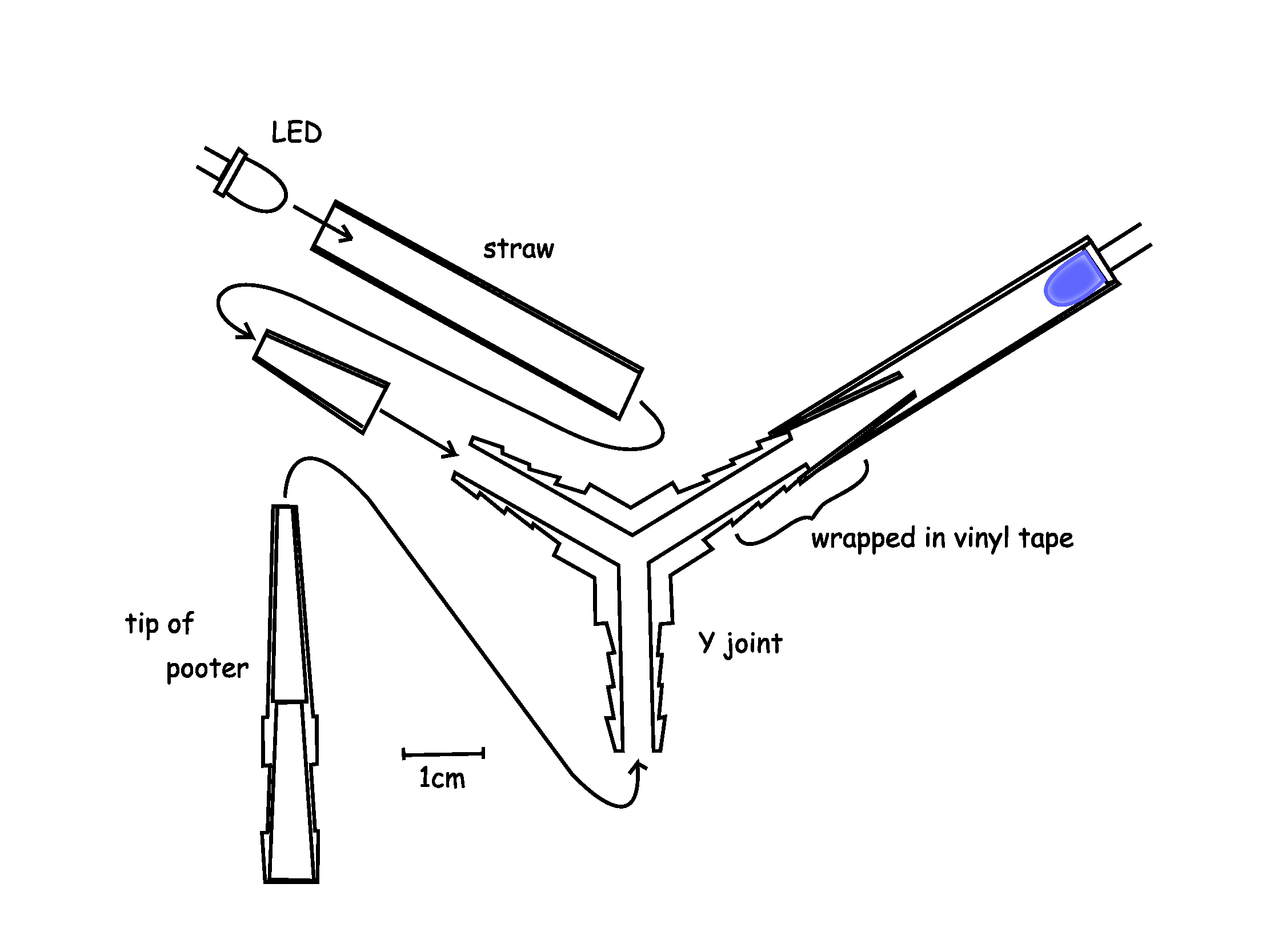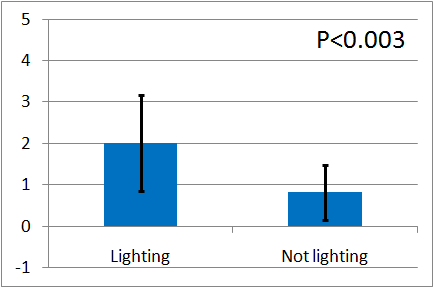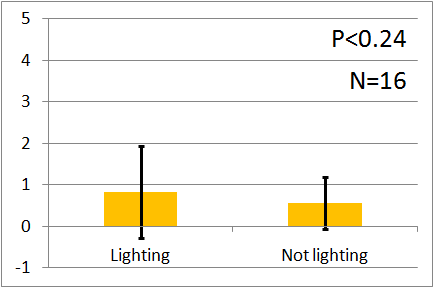Team:Kyoto/Capture
From 2011.igem.org
Contents |
Project Capture
1. Introduction/Background
Methods to capture insects in nature
In nature, organisms capture and eat insects by various ways. For example, spiders make cobwebs to capture insects. Nepenthes has pitchers which lure and trap insects. Pyrearinus termitilluminans, which makes and lives in a tunnel around the external surface of the anthill of termite Cornitermes cumulansand, emits light in the first week of the rainy season to lure and hunt the termites.
What is the feasible method to capture insects for Carnivorous E. coli?
However, the feasible methods to capture insects for Carnivorous E. coli are limited. Because Escherichia coli moves very slowly and can only exist in the form of colonies on an agar plate or in liquid culture medium, it cannot exist in the form of complicated shapes. Considering these features of E.coli, one way for Carnivorous E. coli to capture insects is to lure the insects to itself, and bind them on the colonies or drown them in the liquid medium.
We noticed that drosophilas sometimes drown in electrophoresis tanks, so we are convinced that a liquid medium is a feasible and simple way to capture insects.
Ways to lure insects
There are different ways to lure insects: smell, pheromone, and light. Smell is a popular way to attract insects, as seen in some plants. For example, the Rafflesia attracts flies by it's distinctive odor which smells like rotting flesh.
Pheromone is a secreted or excreted chemical factor that triggers a social response in members of the same species. (http://en.wikipedia.org/wiki/Pheromone) It is effective in very low concentration, and there are some pheromones which have different functions: aggregation, alarm, territorial, and so on.
Light is also a way to lure some kinds of insects by appealing to their phototaxis. Moths and flies have phototaxis. A few species use light to lure insects: Cornitermes cumulansand and Arachnocampa use light to hunt insects.
In this study, we focus on using light as the method to lure insects (drosophilas) because of the following reasons:
- Lighting is a visible action and we think that it is suitable for our purpose to create animal-like E. coli.
- There is an available biobrick which has the function to emit light: BBa_K3225909 created by iGEM 2010 Cambridge Team.
2. Light as a method to lure drosophilas
Drosophila melanogaster
We chose Drosophila melanogaster as one of the Carnivorous E. coli’s prey, and our model organism. D. melanogaster has a positive phototaxis, lives all over Japan, and they are small (the length of its body is only a few millimeters). Besides, it is one of popular model organisms and available one for us.
Suitable wavelength of the light to lure drosophilas
Here is a graph cited from [2]. According to this article, especially it has a strong positive phototaxis to the light stimuli of wavelength shorter than about 500nm.
BBa_K325909, one of the biobricks created by iGEM 2010 Cambridge Team, is the lux operon from the Viblio fischeri which can be used as a L-arabinose --> blue light devise. Here is a graph which show the spectra of light emitted by V. fischeri. The peak wavelength is about 500 nm and we can see that the large part of light emitted by BBa_K325909 is in the range of wavelength suitable to lure drosophilas.

3. Experiment 1 --- drosophila's phototaxis in different colors
Besides the article, we alse made sure of drosophila's phototaxis to the blue and green lights by our experiment with a Y-maze.
1. Apparatus
Y maze
Y maze was constructed by a Y joint, 弁, straws and LEDs.弁 was made of a blue tip of pipetman and it had the function to prevent drosophilas to go backward. Straws and 弁 were fitted with the two terminals of Y joint by vinyl tape as figure.LEDs were fitted with the other terminals of the straws by 凹-form parts made of polyethylene board. The angles of Y-form was 120°.
This Y maze is put in the dark-room environment. (作成者:草場、未添削)
Here is the list of the LEDs which we used in the experiment.
| Color | Manufacturer | No. | Name |
|---|---|---|---|
| Ultraviolet | OptoSupply | OSSV5111A | 5mm Super Violet LED |
| Blue | OptoSupply | OSUB5161P | 5mm Deluxe Blue LED |
| Green | SHARP | GL3GC402B0SC | High-luminosity(InGaN) LED Lamp |
| Red | OptoSupply | OSHR5161P | 5mm Deluxe Red LED |
| Infrared | OptoSupply | OSIR5113A | 5mm Infrared Emitting Diode |
Pooter(吸虫管)
A pooter is very useful tool to move drosophilas. We also used it to move them from rearing bottles to the Y maze.
Our pooter consisted of two parts: tube part and tip part. The tube part was made of vinyl tube and two cutted tips of pipetman. The cutted tips were fitted with the terminals of tube by vinyl tape as mouthpiece and objective end. The tip part was made of two cutted tips of pipetman and a piece of tissue paper. Not to inhale drosophilas into the mouth, the piece of tissue paper was slipped in between the cutted tips.
When we move drosophilasfrom rearing bottles to the Y maze, we fitted the tip part with the tube part and draw some drosophilas into the tip part by mouth. Then closing the orifice of tip part by finger, we removed the tip part from the tube part and put it into the Y maze.(作成者:草場、未添削)
2. Drosophilas
We used the Oregon-RS of Drosophila melanogaster. They were derived from Dr. Fuse's laboratory on 4 August 2011. They were maintained in an incubator at 22℃ on standard cornmeal medium in the ordinary glass bottle (____cm high, ____cm in diameter) with a 12h light phase (12:12 light:dark cycle). Flies were aged 2-4 days after emergence.
3. Method
Firstly, we gathered 5 flies with a pooter. After that, we removed the tip of the pooter and attached the tip to the bottom end of the Y maze. Then we left the flies intact in the dark for three minutes and counted the number of flies in each tube. In this experiment, we switched both the left and right LEDs on for 2 times alternatively. We ran the experiment 4 times using 2 sets of 5 male flies and 2 sets of 5 female flies. We summed up the number of flies that entered the lighting LED end and opposite end and ran the t test.
ハエ5匹を吸虫管で取る。吸虫管チップ部を取り外し、Y mazeの下部に差し込み、取り付ける。暗黒下で3分間放置し、Y mazeのどちらの管に何匹入ったかをカウントした。実験は左のライトを点灯した場合を2回、右のライトを点灯した場合を2回測定した。オス5匹1セットを2組、メス5匹1セットを2組行い、ライト点灯側と反対側に入ったハエの数のそれぞれ合計をとり、t検定を行った。(by 草場)
Result
The results of these surveys can be summarized as follows:
As is clear from the figures, the flies gathered significantly at the LED end under UV light. In fact, this was almost the same as blue light and green light. In contrast, there was no significant difference as to weakgreen light, red light and infra-red light. This is consistent with previous research (e.g. 著者名 年). Furthermore, these results can be best described from the viewpoint of neuroscience. According to Yamaguchi (2010)[3], the Drosophila eyes each have eight photoreceptors, R1-R8. Photoreceptors R1–R6 have the similar spectral sensitivity. Likewise, photoreceptors R7 and R8 are important for color vision. R1-R6, R7 and R8 are mainly sensitive to blue light, UV light and blue-or-green light respectively. Therefore, it can be concluded that flies are only able to perceive relatively short wavelength light such as UV light.
In addition, further experiments were conducted in order to demonstrate the luminous E.coli’s ability to attract flies. The results of this survey can be summarized as follows:(表を挿入)
Unfortunately, the significant difference was not observed. Perhaps this is because the intensity of the emitted light was too weak for flies to perceive the light. However, as you can see, igem 2010 Cambridge team succeeded to make E.coli emit light and to reinforce the intensity of the light. If our E.coli can emit brighter light such as them, it is convinced that the researches show the significant difference. (要添削)(ところで、URLがLuminescenceのままですが、いいのでしょうか?)
After running t test at a significance level of 5%, it is known that the flies gathered significantly at the LED end under UV light, blue light and green light. On the other hand, when red light was used, the difference between the 2 ends was negligible. This is consistent with previously reported results.
t検定を危険率5%で行った結果、紫外線、青色光、緑色光ではハエがライト点灯側に有意に多く寄ってきていたことが分かった。一方、赤色光、赤外線では有意な差は認められなかった。これは既に報告されている結果とも一致している。(←要文献)
9月26日に行った実験では、発光大腸菌による光でも有意な差を得ることはできなかった。(←要改善)
Discussion
Reference
Referenceのやり方が分かりません!!by草場
[1] “Rafflesia.” Internet: http://en.wikipedia.org/wiki/Rafflesia [Sep. 6, 2011]
[2] C. Hernández Salomon and H. -C. Spatz. (1982) “Colour Vision in Drosophila melanogaster: Wavelength discrimination.” Journal of Comparative Physiology A: Neuroethology, Sensory, Neural, and Behavioral Physiology 150 (1): 31-37. (たぶんこれで大丈夫?)
C. Hernández Salomon and H. -C. Spatz, Colour vision in Drosophila melanogaster: Wavelength discrimination, Journal of Comparative Physiology A: Neuroethology, Sensory, Neural, and Behavioral Physiology Volume 150, Number 1, 31-37, DOI: 10.1007/BF00605285
[3] Satoko Yamaguchi, et al. (2010) “Contribution of Photoreceptor Subtypes to Spectral Wavelength Preference in Drosophila.” Proceedings of the National Academy of Sciences of the United States of America 107 (12): 5634-5639.
古いイントロ
Phototaxis of Drosophila melanogaster against lights of different wavelengths from --nm to --nm and weak luminescence emitted by Luxbrick(BBa_K325909, iGEM Cambridge2010) were evaluated. Drosophila melanogaster was chosen as the object for our research on insect's phototaxis because of its popularity among Japanese houses, the facility or easiness of it's breeding and it's genetical identity which results in the similar behavior. From the result of our research, Drosophila melanogaster was demonstrated to be a good ammoniacal source for genetically modified bacteria.
Introduction
In the nature, there are some organisms which lure insects. Rafflesia[http://en.wikipedia.org/wiki/Rafflesia] attracts flies by it's distinctive corrupt smell like rotting flesh. Pyrearinus termitilluminans, which makes and lives in a tunnel around the eternal surface of the anthill of termite Cornitermes cumulansand, emits light in the first week of the rainy season to lure and hunt the termites. Arachnocampa also uses light to hunt flies.
Escherichia coli is usually cultured in the rich nutrient medium because it originally lives in the gut of animals. However, this restriction can be overcome by genetic engineering. For the first step to make E.coli autotrophic, we resolved the problem of ammonia source. Many insects have some kinds of taxis. Taking advantage of their behaviors, we can enable E.coli to catch insects. The taxis of moth toward the pheromone is one of the famous example of chemotaxis, but it is difficult to enable E.coli to synthesize complex compounds like pheromone. Thus, we chose phototaxis. Drosophila has been reported to have phototaxis. Our project targeted flies(Drosophila melanogaster) as the model ammoniacal source because of its popularity among Japanese houses, the facility or easiness of it's breeding and it's genetical identity which results in the similar behavior. We introduced to E.coli, the LuxBrick(BBa_K3225909) created by the iGEM 2010 Cambridge team to emit light in normal E. coli strains without the addition of any external substrate.
Although, it is well known that D. melanogaster is phototactic, it was not clear whether it is lured by the weak light especially emitted by E.coli. To confirm this, we first demonstrated the phototaxis with the Y maze experiment, with several LEDs. Y maze was put up vertically to gain the significant results employing the geotaxis of D. melanogaster.
目標:大腸菌を光らせ、その光にハエを寄せ付ける。
手法:まず、LEDの光に対するハエの走行性を観察。
水平面に垂直に立てた、Y字型のmazeにハエを雄雌別で5匹ずつ3分間走らせた。
LEDはmazeの二つのゴール地点のうち両方に設置した。そして片方だけ灯し、もう片方は無灯火にした状態でハエを投入した。
mazeを水平面に対して垂直にしたのは、ハエの走地性を利用して明確な実験結果を得るためである。
その観察結果から、確かに大腸菌から発せられる495nm付近の波長にハエは引きつけられることが確認できた。
2010年のCambridgeによる研究の手法を使い光る大腸菌を作り、その光にハエをひきつける。
 "
"







